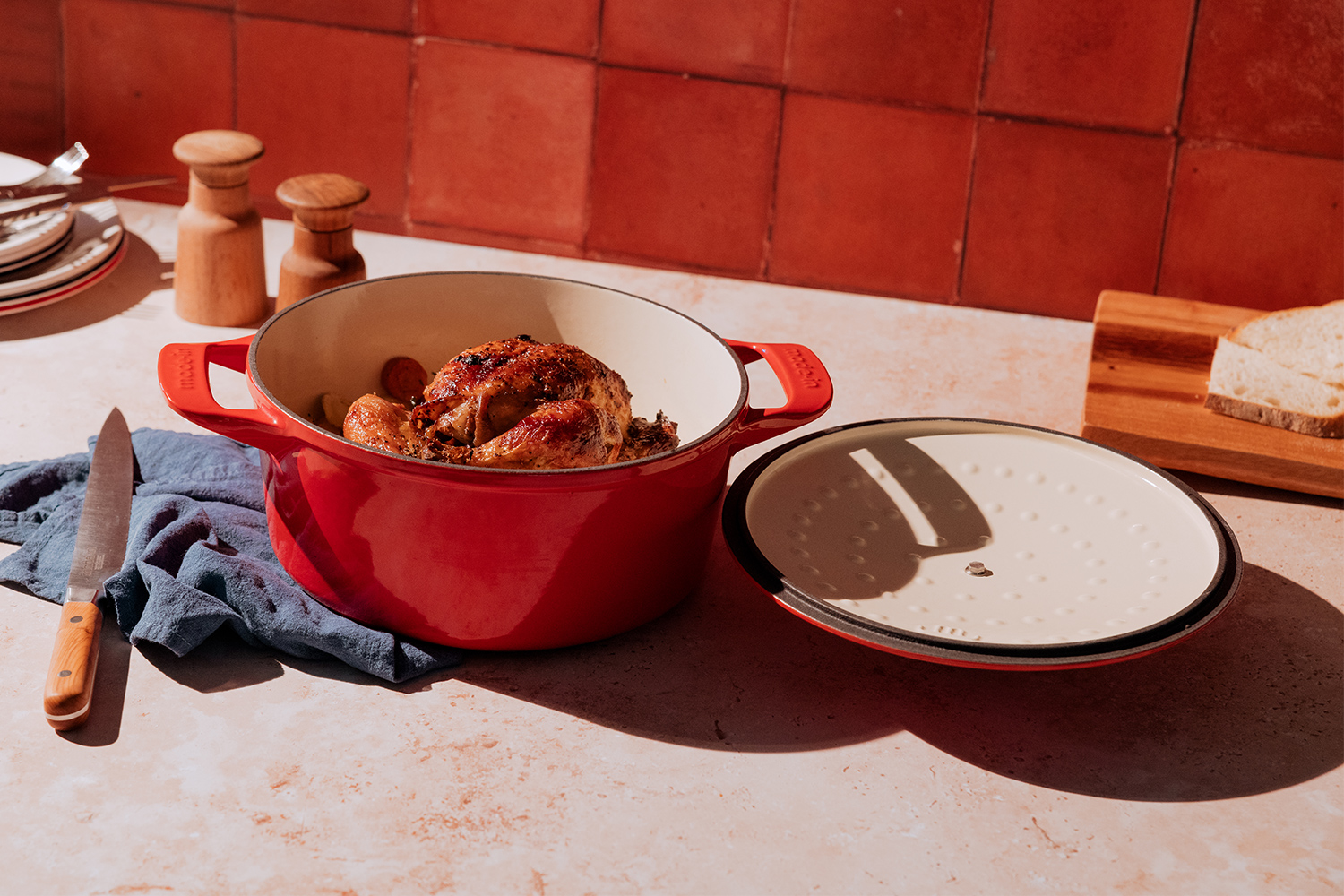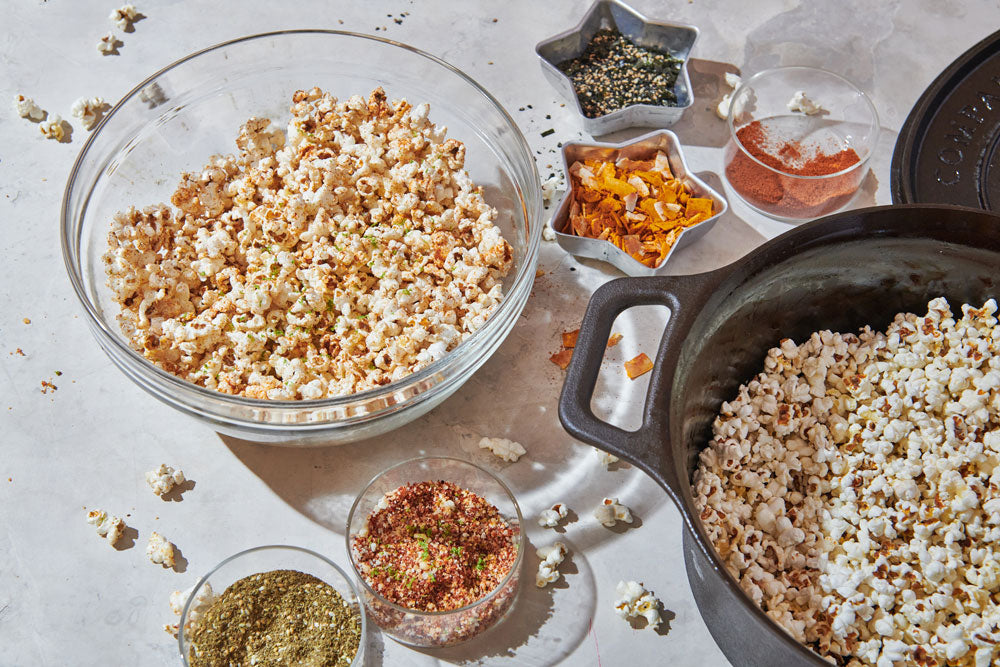In the culinary world, the versatility of a classic cooking tool often dictates the efficiency and creativity of a kitchen. One such indispensable tool is the 'Dutch oven'. Many kitchen professionals often ponder, 'what is a dutch oven used for?' The answer unveils a broad array of cooking techniques and recipes that this essential piece of cookware can fulfill, from savory stews to beautifully baked bread. What makes it special lies in its ability to retain heat and moisture, making it perfect for slow cooking and baking.
Furthermore, the 'Dutch oven' not only provides even heat distribution but also maintains a consistent cooking temperature, ideal for braising, simmering, and roasting. Understanding its applications enables chefs to maximize their culinary repertoire while ensuring great flavors in every dish they prepare.

The Traditional Role and Uses of a Dutch Oven
The traditional Dutch oven has been a part of kitchens for centuries. Made of cast iron, these pots excel in heat retention and even cooking. So, what specific culinary tasks can a Dutch oven assist with? Here are several:
1. Slow Cooking and Braising
Slow cooking in a Dutch oven allows flavors to blend beautifully while tenderizing meats. Its heavy weight helps maintain consistent temperatures, making it ideal for braising briskets or preparing soups. Whether you are creating a hearty beef stew or a rich coq au vin, the Dutch oven plays a pivotal role.
2. Baking Artisan Bread
Yes, you heard that right! A Dutch oven can actually be used for baking bread. The enclosed environment creates a mini-oven effect, trapping steam and resulting in a crusty exterior while retaining moisture inside. For professional bakers, this technique is essential for achieving that perfect artisan loaf.
3. Roasting Meats and Vegetables
Roasting meats in a Dutch oven allows for rich flavors and tender textures. Its design helps achieve even cooking, making it easier to prepare roasted chicken, pork shoulder, or vegetables. Chefs often appreciate the flexibility it offers, being able to go from stove to oven without transferring the food.
4. Stews and Soups
When it comes to preparing stews and soups, the Dutch oven is a superstar. Its deep design and thick walls help trap heat efficiently. As the flavors meld together over a low flame, the final product is always comforting and hearty.
Maintaining a Dutch Oven
Proper maintenance of your Dutch oven is crucial for longevity and performance. Cleaning it can be straightforward, but it requires attention to detail. For instance, avoid using abrasive materials that can scratch the enamel. Always ensure it's fully dry after washing, and consider seasoning any cast iron pans regularly to maintain their non-stick properties. For detailed guidance, you can read about cleaning your Dutch oven.
Internal Versatility
The internal versatility of a Dutch oven cannot be overlooked. Cook nearly anything from bread to braises, and you'll discover that each dish has a unique flavor profile that enhances with traditional cooking methods.
Creative Cooking Ideas
Chefs enjoy pushing boundaries with a Dutch oven, exploring dishes beyond traditional uses. Feel free to venture into cooking things like:
- One-pot meals
- Rice or grain salads
- Camping meals
- Pizza baked directly in the pot
Common Mistakes to Avoid
While using a Dutch oven, professionals often stumble upon common pitfalls. Here are a few to consider:
1. Overloading the Pot
Using too many ingredients can lead to uneven cooking. Always measure and time cooking to maintain consistent results.
2. Ignoring Temperature Control
Never use high heat directly on the pot unless necessary. High heat can cause sticking and burning; lower it to allow for slower cooking.
3. Skipping Pre-heating
If you're planning to fry or brown your meat first, always preheat your Dutch oven for optimal results.
Why a Dutch Oven is Essential for Kitchen Professionals
In the fast-paced environment of professional kitchens, efficiency and adaptability are key. The 'Dutch oven' meets these demands by serving multiple cooking methods while being durable and reliable. Its ability to go from stovetop to oven simplifies the cooking process further.
For instance, after using it for sauting vegetables or proteins, simply add liquid and braise on low heat. This adaptability allows chefs to master various cuisines without needing an arsenal of specialized tools.
Conclusion
In summary, understanding 'what is a dutch oven used for' opens doors to culinary creativity. From slow-cooked stews to exquisite bread, this cooking tool is invaluable. As true kitchen professionals, adopting this versatile piece of cookware will undoubtedly enhance your cooking finesse and elevate the dishes you create.
:max_bytes(150000):strip_icc()/med102639wkd0_0107_brisedchick_horiz-0124.jpg-00f24780581549f9827c996297ca1b03.jpg)
FAQs
1. Can I use a Dutch oven on an induction cooktop?
Yes, but ensure your Dutch oven is induction-compatible; typically, it must be made of magnetic materials.
2. What is the best material for a Dutch oven?
The best Dutch ovens are made from cast iron due to their heat retention and even distribution.
3. How do I care for my Dutch oven?
Always wash by hand, avoid metal sponges, and season it if it is cast iron. For more details, check this guide on maintenance.
As an Amazon Associate, I earn from qualifying purchases.






Leave a comment
This site is protected by hCaptcha and the hCaptcha Privacy Policy and Terms of Service apply.